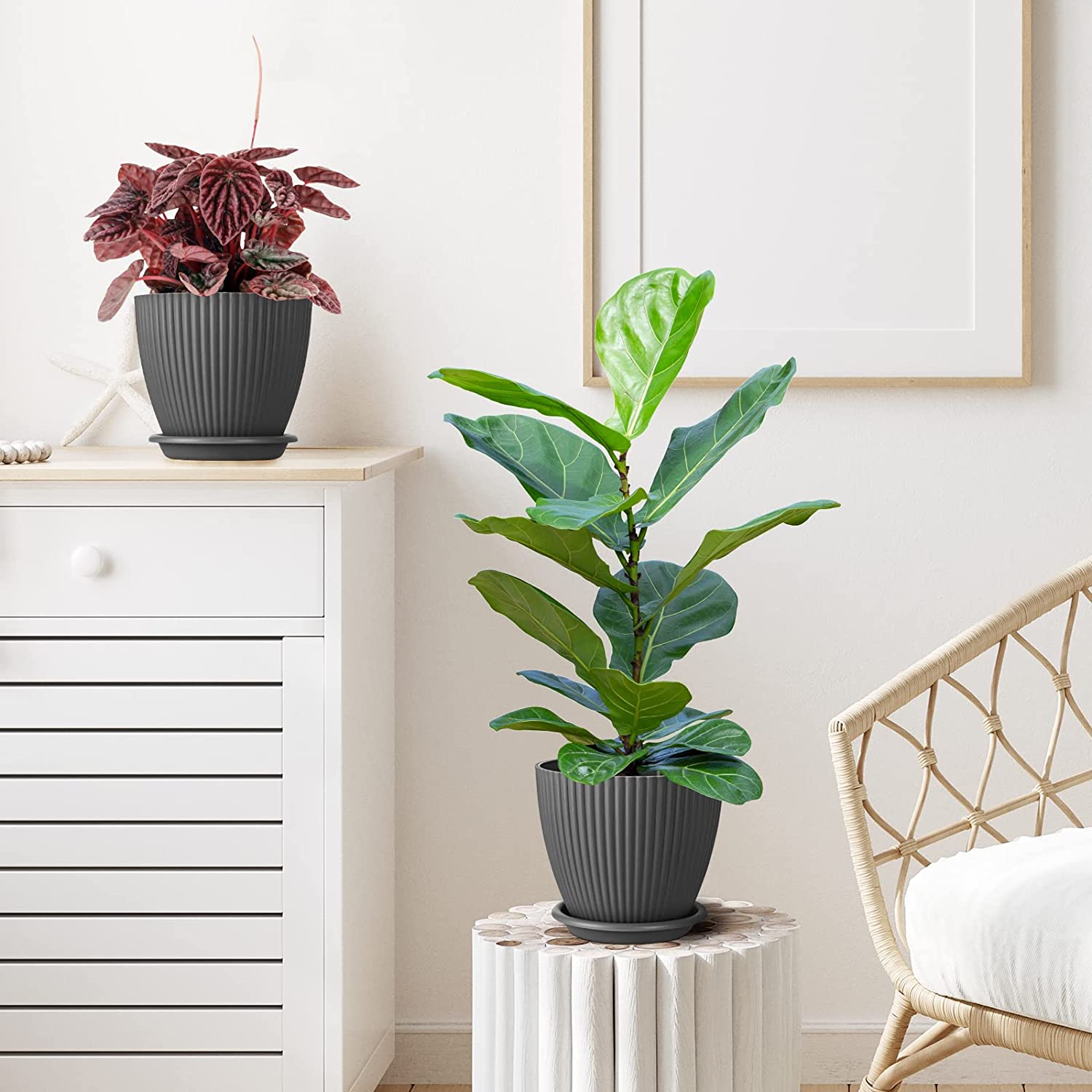Plastic plant pots, a cornerstone of modern horticulture, stand as a testament to the union of practicality and aesthetics. Their versatile nature, coupled with an array of advantages, has solidified their position as a go-to choice for gardeners of all levels.
Foremost among the benefits is their durability. Unlike traditional clay or ceramic alternatives, plastic pots defy breakage and resist chipping, a feature particularly advantageous in outdoor settings prone to adverse weather conditions. This resilience contributes to their longevity and makes them an ideal investment for long-term gardening projects.
Moreover, plastic pots exhibit exceptional moisture retention properties. This attribute not only alleviates the frequency of watering but also provides a stable environment for plants to thrive. Gardeners can strike a balance between hydration and root aeration, fostering optimal conditions for healthy growth.
Selecting the right plastic pot involves considering factors such as plant size, root structure, and drainage needs. Deep-rooted plants necessitate larger, deeper pots, while more modest specimens flourish in shallower counterparts. Proper drainage holes are a non-negotiable, preventing water accumulation that could compromise root health.
As with any gardening equipment, proper care ensures prolonged utility. While plastic pots boast resilience, prolonged exposure to direct sunlight can lead to wear and tear. Opt for UV-resistant options or rotate pots periodically to maintain their integrity.
In essence, plastic plant pots epitomize the fusion of function and form. Their durability, moisture retention capabilities, and diverse designs coalesce to offer an indispensable tool for gardening success. Through prudent selection, meticulous care, and a touch of creativity, gardeners can harness the full potential of these plastic wonders.







